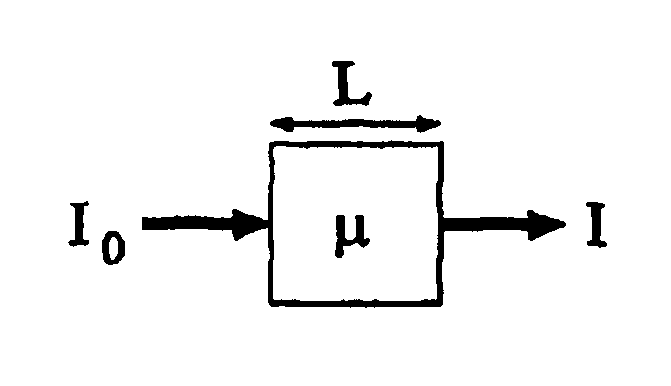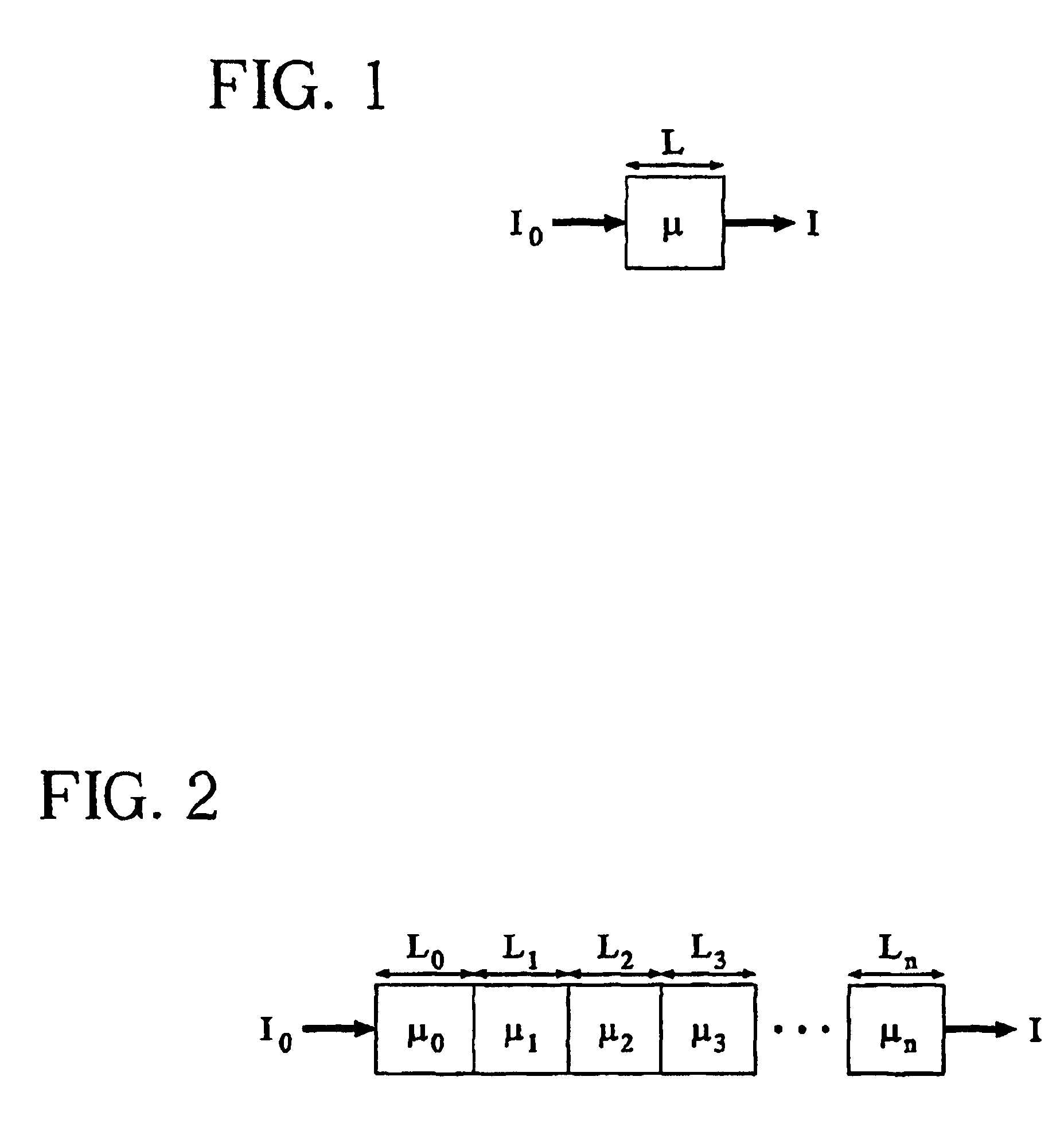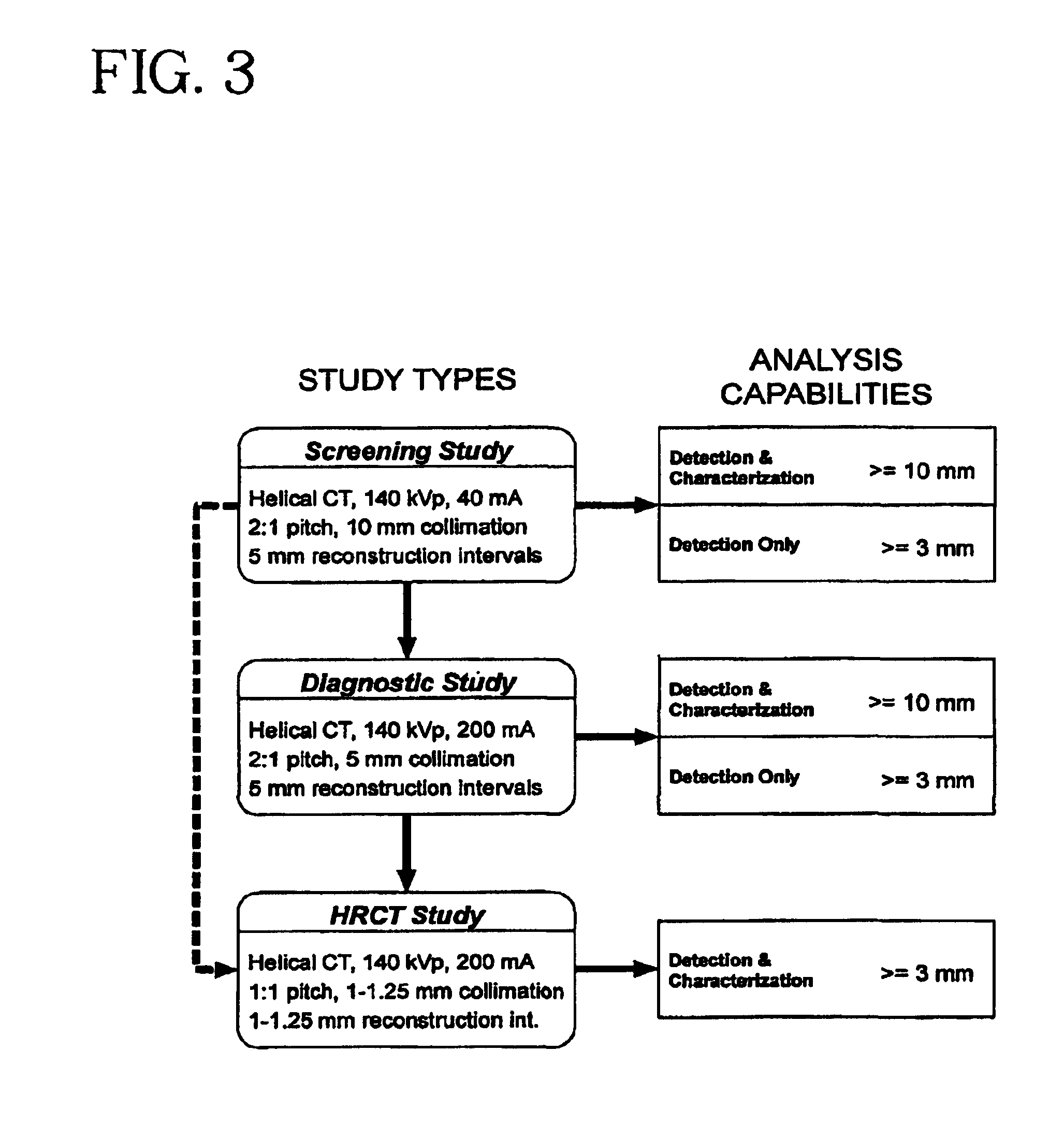System and method for three-dimensional image rendering and analysis
- Summary
- Abstract
- Description
- Claims
- Application Information
AI Technical Summary
Benefits of technology
Problems solved by technology
Method used
Image
Examples
example 1
[0376]A 3.5-mm (diameter) nodule is detected using HRCT. Using Equation 5.32, we determine a to be 5.75%. Equation 5.37 then yields a value of 40 days for ti.
example 2
[0377]A 9.0-mm (diameter) nodule is detected using HRCT. The corresponding value for α is 3.0%. The appropriate interscan interval is 21 days.
[0378]Each of these interscan intervals less than 90 days, perhaps the maximum time a second high-resolution CT study should be delayed. Intuitively, one must wait a longer interscan interval to accurately assess growth in a smaller nodule. As mentioned at the beginning of this section, one of the constraints of this model should be to avoid the possibility of significant nodule growth during the interscan interval. The maximum amount of time a small pulmonary nodule (3≧d<10 mm) will be held between scans, given the error estimates described is approximately 42 days, which is less than 1.5 doubling times for even the most aggressive malignancy. Traditional exam intervals for the study of lung cancer ranged from six months to two years (approximately 4-17 times as long), even though the smallest detectable lesion was at least 10 mm in diameter....
example 3
[0395]After several annual screens, a nodule is detected in a patient that was undetectable retrospectively in the previous exam. The nodule is scanned at high-resolution (1 mm slice thickness) for volumetric measurement yielding a volume estimate of 73.57 mm3. The upper bound on doubling time for this nodule could be estimated using Vβ=8.18 mm3 and Δts,=365.25. The incidence estimated doubling time would then be
[0396]DTi=ln2·365.25ln(73.57 / 8.18)=115.3days
Such a doubling time would put this nodule well within the range of malignancy. Furthermore, as this is an upper bound on the doubling time, it is possible that the nodule is growing even more aggressively.
[0397]Estimation of the doubling time of incidence cases may be an important alternative to waiting an appropriate interscan interval for a second volumetric measurement. This is particularly true in incidence cases that are significantly larger than the minimum-detectable nodule size, as they are those most likely to be mal...
PUM
 Login to View More
Login to View More Abstract
Description
Claims
Application Information
 Login to View More
Login to View More - R&D
- Intellectual Property
- Life Sciences
- Materials
- Tech Scout
- Unparalleled Data Quality
- Higher Quality Content
- 60% Fewer Hallucinations
Browse by: Latest US Patents, China's latest patents, Technical Efficacy Thesaurus, Application Domain, Technology Topic, Popular Technical Reports.
© 2025 PatSnap. All rights reserved.Legal|Privacy policy|Modern Slavery Act Transparency Statement|Sitemap|About US| Contact US: help@patsnap.com



